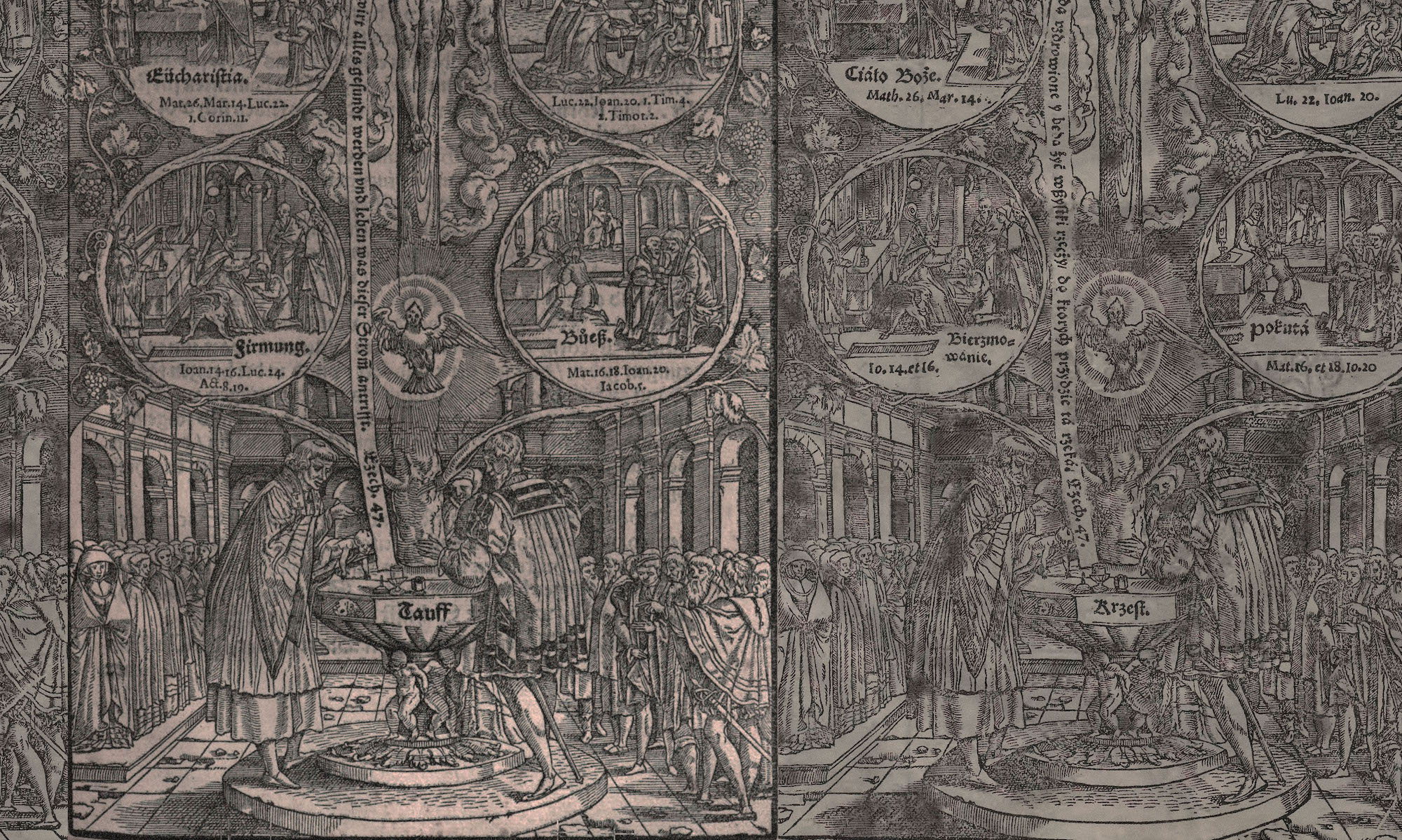RESEARCH HYPOTHESES
1. While the artistic production of prints in the Kingdom of Poland flourished only from the beginning of the seventeenth century, various manifestations of interest in the medium can be traced back to the end of the fifteenth century. They were not limited to adapting graphic designs by artists working in different materials and techniques. Instead, among those manifestations, they are phenomena which could be perceived as the origins of Polish modern connoisseurship and collecting, as well as instances of instrumental uses of prints for example in confessional disputes and in diplomatic actions.
2. The consideration of the non-artistic factors, such as religious and political interests, and analysis of written sources (chiefly letters, travel journals, inventories, but also normative ecclesiastical writings) allows to expose- in some examples with remarkable accuracy- the intricate links between intentions of the patrons, artists and beholders (originally intended and subsequent), thus providing insight into the mechanism of dissemination and reception of prints and the agency in those processes of Poles, active both in Poland and across Europe.
3. Despite the fact that during the period under investigation the Kingdom of Poland was an artistic milieu focused on the appropriation of designs invented in Germany, Italy and the Netherlands, there were instances where Polish artists and patrons played a role in developing and propagating iconographic formulae, which were then disseminated by printmakers active in established publishing houses abroad.
